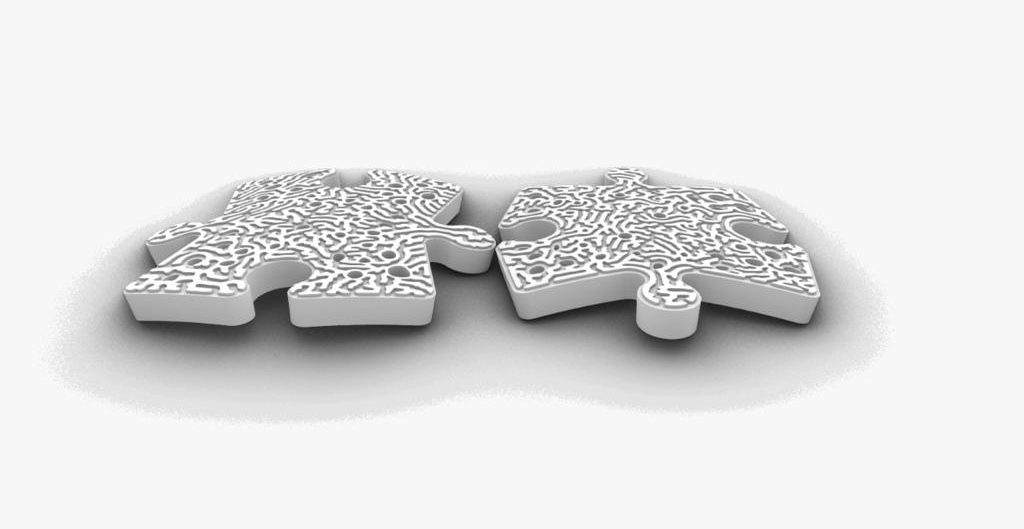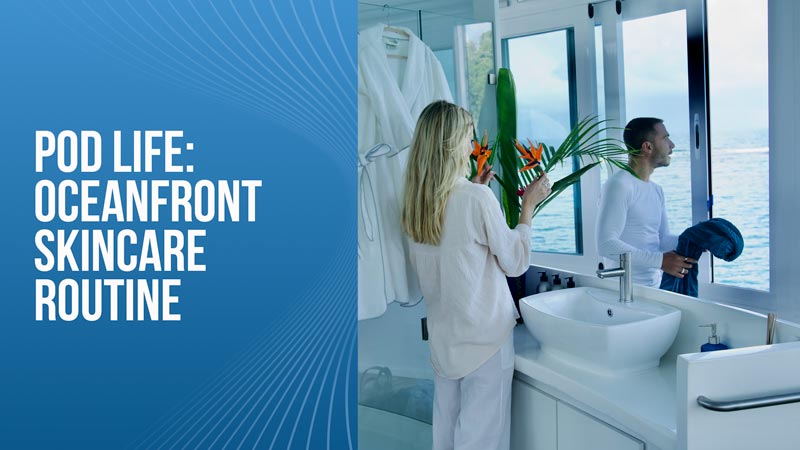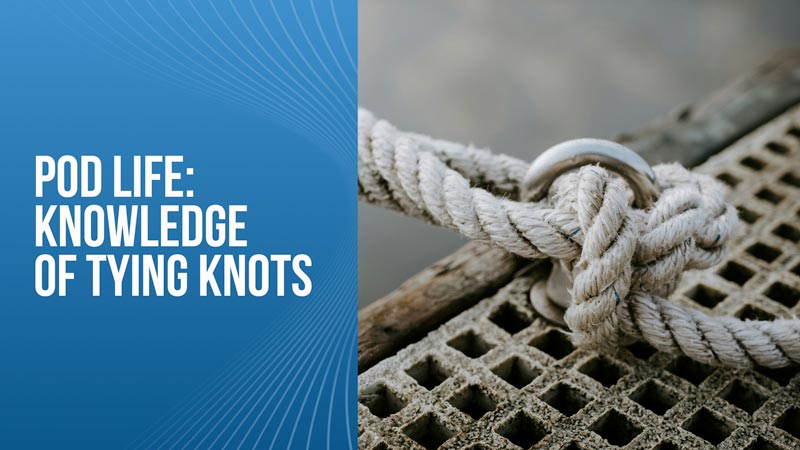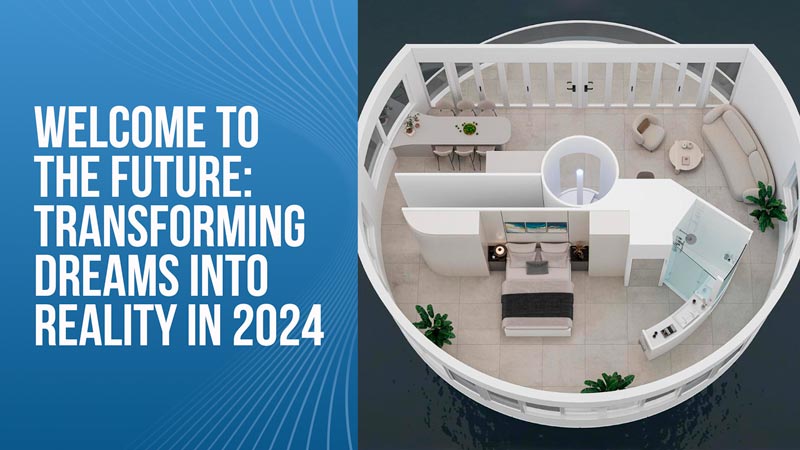
Are you the type of person that when told about a problem, you go and find a solution?
Or with your many life experiences and passionate pursuits, you have the solution already.
I was chatting with a colleague, about 3D Printing. There’s an issue finding the printing filament material PLA due to the remote location and costs for shipping. Well, Polylactic Acid (PLA), is one of the most popular materials used in 3D printing. PLA is classified as a thermoplastic polyester material that becomes liquid at the melting point of 150-160 degrees Celcius. PLA is a Bioplastic, and made from the waxy substance of plants, call Cutin.
I have been following Ocean Builders for a few years. I find a great interest following others with drive and passion for making a difference in our world. So, when I heard about the problem PLA, and wanting to solve this issue, I was reminded of another group I have been following called Precious Plastic. PP wants help solve the environmental issue of single-use plastic, by inspiring others to start local recycling businesses. From collecting, sorting, cleaning, processing, extruding, and manufacturing, local plastics. Solving some of the world plastic issues, at the local level, yet mass scale across the world.
What started with one person’s vision, has now crossed the worldand making a real change for planet, in local areas.
However, there is an issue with PLA. It has a low melting point and can not be mixed with other plastics. Being that it is biodegradable, it may not be the best material for printing homes. So, there is HDPE or High Density Poly Ethylene, a thermoplastic polymer made from petroleum. HDPE is one of the most versatile plastic materials around, and used in a wide variety of applications, including plastic bottles, jugs, shampoo bottles, bleach bottles, cutting boards, piping, and more.
This means that more HDPE is available from having a Precious Plastic Recycling facility, than PLA. Additionally, HDPE will not breakdown like PLA and will provide longer life for Seapods.
I worked as a Remote Operate Vehicle Tech, installing Enwave’s world-renowned Deep Lake Water Cooling System for the City of Toronto. We assisted the laying down of 5km of 5-foot diameter HDPE pipes. I knew that this material was strong and would last a long time. Yet, after researching about graphite teamed with a growing passion to create Graphene, I discovered that we could create a Supercomposite, GHDPE or Graphene High Density Poly Ethylene. A plastic that is stronger than steel.
One way we can solve the shortage of 3D Printing materials used is by starting Precious Plastic Recycling Facilities and inspire others in Panama to do the same. We can used HDPE and PLA that will be collected from local areas, and blend with Graphene to 3D print parts to construct the SeaPods. PLA could be used for printing artificial coral reefs, for it’s plant based.
We’d really love to offer 3D printed coral and have been researching how we can do so with current restrictions, permitting requirements, a budget and localised sourcing. Others have started to do so in San Francisco.
As I am about to embark on my journey to join the Ocean Builders team, I hope others join so that we can realise these solutions rather than keep them in the ideation phase. It will take time, effort, patience, and many trials and errors.










